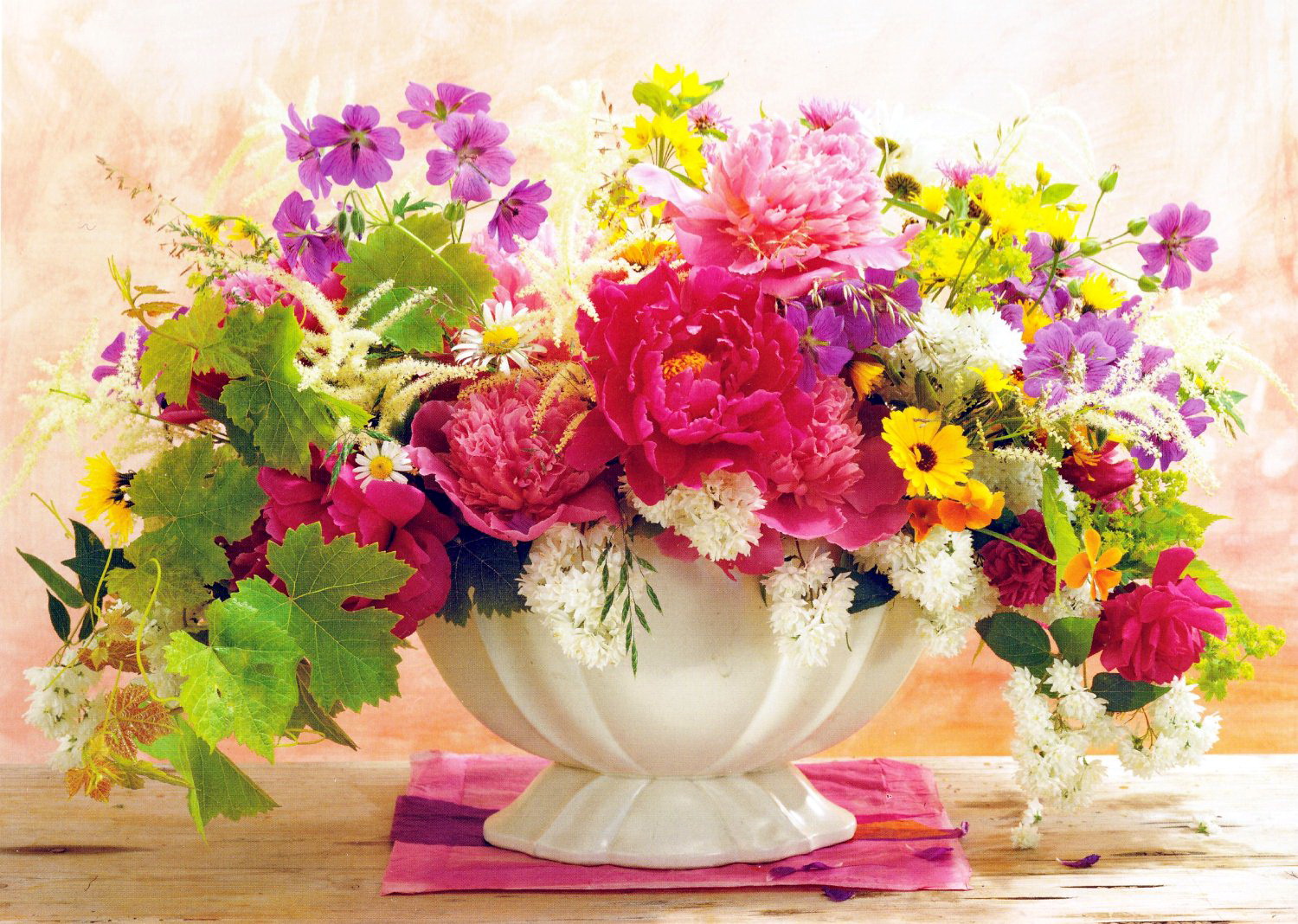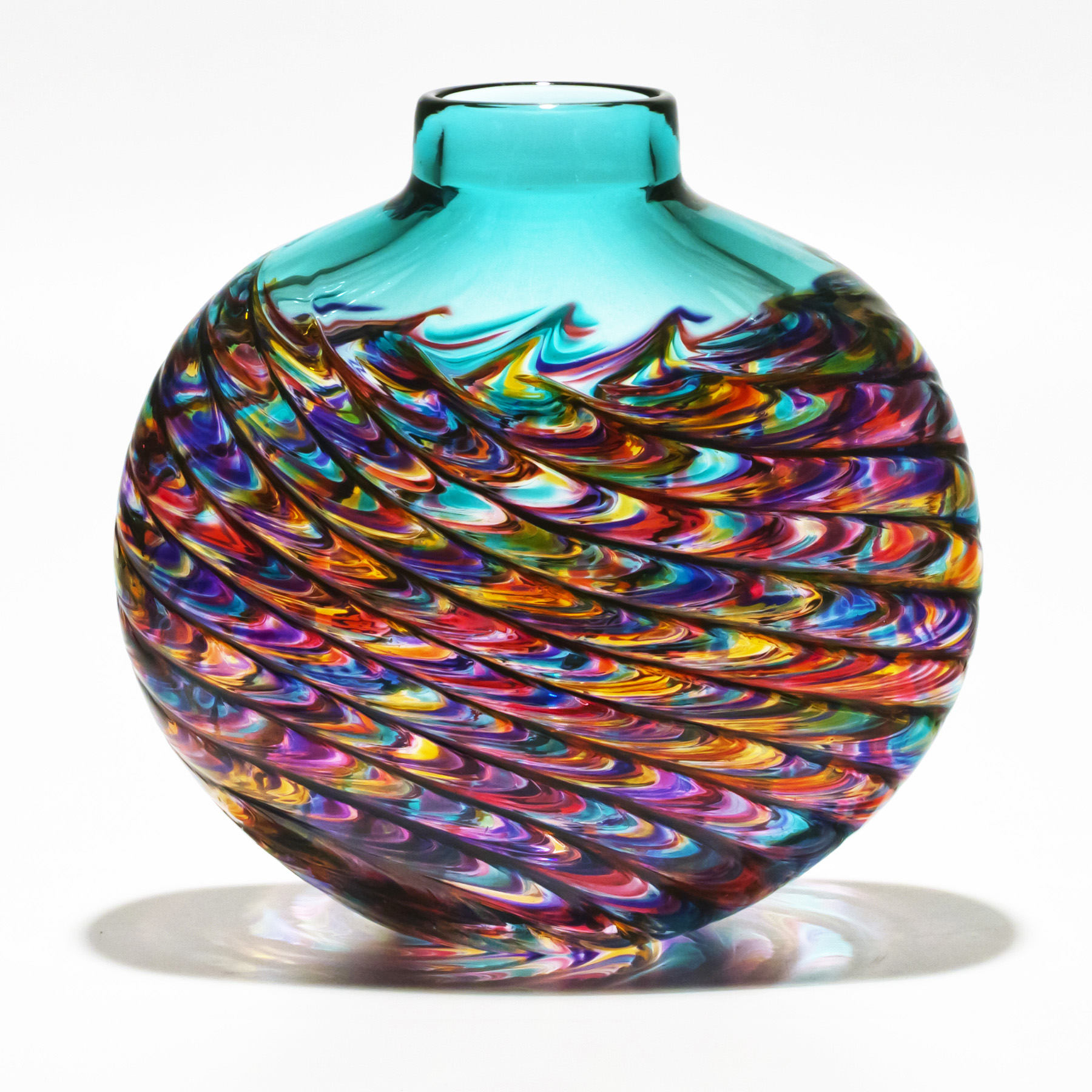Historical and Cultural Significance: Beautiful Vases

Beautiful vases – The history of vase design is a testament to the enduring allure of this functional yet beautiful object. From the earliest ceramic vessels used for storage and transportation to the elaborate works of art that grace museums and homes today, vases have played an important role in human cultures around the world.
In ancient Greece, vases were used for a variety of purposes, from storing wine and oil to holding ashes of the dead. They were often decorated with intricate paintings or reliefs that depicted scenes from mythology or everyday life. These vases provide valuable insights into the culture and beliefs of the ancient Greeks.
In the realm of interior design, where every element contributes to the overall aesthetic, beautiful vases hold a special place. They add a touch of elegance and sophistication to any room, whether it be a spacious living area or a cozy small bedroom.
The right vase can enhance the beauty of a bouquet, complement the surrounding decor, and create a harmonious ambiance.
Chinese Vases
Chinese vases have a long and distinguished history, dating back to the Neolithic period. They are renowned for their exquisite craftsmanship and often feature intricate designs and motifs. Chinese vases have been used for a variety of purposes, including storage, decoration, and as ceremonial objects.
Beautiful vases, with their intricate designs and vibrant colors, can add a touch of elegance to any room. If you’re looking for ways to elevate your home décor, consider incorporating vases into your design scheme. From classic ceramic vases to modern glass pieces, there’s a vase to suit every taste and style.
Whether you choose to display them on their own or fill them with fresh flowers, vases are a versatile and stylish way to add a touch of sophistication to your home. For more inspiration on how to use vases in your décor, check out our guide to elegance decor.
You’ll find tips on choosing the right vases for your space, as well as ideas for arranging them to create a stunning display.
One of the most famous types of Chinese vases is the “moon jar.” These vases are characterized by their large size and wide mouths. They were originally used for storing wine or water, but they are now often used as decorative objects.
Design and Aesthetics

The design of a vase plays a crucial role in its aesthetic appeal. Various elements such as shape, color, texture, and ornamentation come together to create a visually pleasing object.
The shape of a vase can be simple or elaborate, geometric or organic. Some common shapes include cylindrical, spherical, ovoid, and asymmetrical. The choice of shape influences the overall character of the vase, from elegant and understated to bold and eye-catching.
Color is another important element that contributes to the aesthetics of a vase. It can be used to create a variety of effects, from subtle and monochromatic to vibrant and multicolored. The choice of color should complement the shape and texture of the vase, and it can also be used to evoke different moods and emotions.
Texture adds depth and interest to a vase. It can be smooth, rough, glossy, or matte. Different textures can create different visual effects, from a sleek and modern look to a more rustic and organic feel.
Ornamentation can be used to enhance the beauty of a vase. This can include decorative details such as carvings, moldings, or applied elements. Ornamentation can add a touch of elegance or whimsy to a vase, and it can also be used to tell a story or convey a message.
The principles of visual appeal, such as balance, proportion, and harmony, also apply to vase design. A well-designed vase will have a sense of balance and proportion, with the different elements working together to create a harmonious whole.
Showcase of Beautiful Vases
Here are a few examples of beautiful vases that illustrate the principles of design and aesthetics:
- The Portland Vase is a Roman glass vase from the 1st century AD. It is made of blue and white cameo glass and is decorated with intricate carvings. The vase is considered to be one of the finest examples of Roman glasswork.
- The Vases of Susa are a set of four silver vases that were discovered in the ancient city of Susa in Iran. The vases are decorated with scenes of hunting and warfare. They are considered to be some of the finest examples of ancient Persian metalwork.
- The Ming Dynasty vase is a Chinese porcelain vase from the 14th century. It is decorated with a blue and white floral design. The vase is considered to be one of the finest examples of Chinese porcelain.
- The Lalique vase is a French glass vase from the 20th century. It is made of clear glass and is decorated with a frosted design. The vase is considered to be one of the finest examples of Art Deco glasswork.
- The Chihuly vase is an American glass vase from the 21st century. It is made of blown glass and is decorated with a colorful abstract design. The vase is considered to be one of the finest examples of contemporary glasswork.
These are just a few examples of the many beautiful vases that have been created throughout history. The design and aesthetics of vases have evolved over time, but the principles of visual appeal remain the same.
Materials and Techniques

The creation of beautiful vases involves a diverse range of materials and techniques. These elements contribute to the unique characteristics and aesthetic appeal of each vase, allowing for a wide variety of styles and expressions.
Materials
Vases are crafted from a variety of materials, each with its own distinct properties and advantages. Ceramic, glass, metal, and wood are among the most commonly used materials, offering a diverse range of textures, colors, and forms.
- Ceramic: Ceramic vases are made from clay that is molded, glazed, and fired. They are known for their durability, versatility, and ability to hold both water and dry arrangements.
- Glass: Glass vases are created by melting silica and other materials together. They are transparent or translucent, allowing light to pass through and illuminate the contents within.
- Metal: Metal vases are made from various metals, including copper, brass, and silver. They are known for their strength, durability, and ability to be shaped into intricate designs.
- Wood: Wood vases are crafted from different types of wood, such as oak, mahogany, and teak. They offer a natural and organic aesthetic, with unique grain patterns and textures.
Techniques, Beautiful vases
The creation of vases involves a range of techniques that transform raw materials into beautiful and functional objects. Molding, glazing, and firing are some of the most common techniques used in vase making.
- Molding: Molding is the process of shaping clay or other materials into the desired form of the vase. This can be done using a variety of methods, including hand-building, wheel-throwing, and slip casting.
- Glazing: Glazing involves applying a thin layer of liquid glass to the surface of the vase. The glaze is then fired, creating a smooth, glossy finish that protects the vase and enhances its appearance.
- Firing: Firing is the process of heating the vase in a kiln to high temperatures. This process hardens the clay or glass, making it durable and resistant to wear and tear.